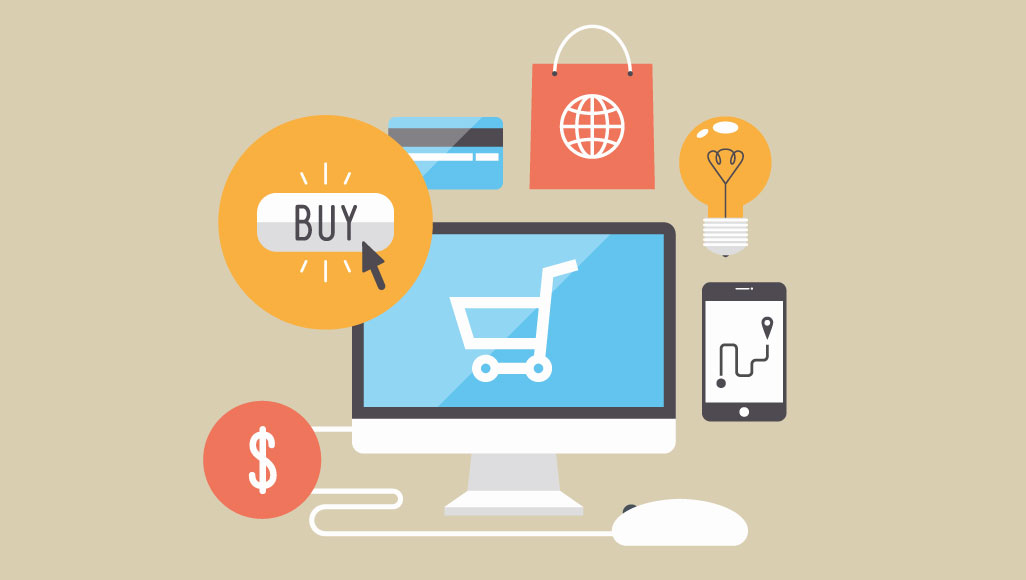
New forms of digital customer engagement are changing B2B businesses, forcing B2B digital business strategy professionals to fundamentally rethink how they go to market – from the customers they target to the channels they sell through. Forrester Research estimates that U.S. B2B e-commerce sales will reach $889 billion this year, up to 7.2% from $829 billion last year, grow 7.3% annually for two years, and then climb 7.9% between 2020 and 2021 to reach $1.184 trillion. Those are promising numbers and projections for B2B companies that have yet to tap into e-commerce to take the plunge. Here are six optimizations that can improve your
- Use of consumer-based technology to provide a B2C-like shopping experience.
- Improvements to product information and site layout.
- B2B mobile commerce is growing.
- Integration of backend technology for managing operations like inventory, customer orders and multi-channel selling.
- Smart personalization to improve user experience.
- B2B companies are putting extra focus on new customer acquisition.
The New B2B E-commerce Strategy
Like B2C, B2B businesses know the importance of offering a multi-cannel experience to drive sales. But historically, that multi-channel experience for B2B buyers meant only having access to an online catalog or access to a back-end portal. Or, they didn’t have a site at all, choosing to send employees to potential new customer locations to win them over face-to-face.
Both of these strategies have long worked and will continue to but the B2B brands capitalizing on the new B2B buyer shopping habits are using their ecommerce channel to grow revenue and customer acquisition. More are turning to the web to differentiate from competition, expand their reach and achieve higher growth rates.
Focus on New Customer Acquisition
Online selling for B2B merchants didn’t use to be a core part of B2B business and sales strategy. Instead, sites were simply portals that were intended to replace customer service reps with online technology - or they served as catalogs. Any existing B2B ecommerce site has historically only catered to existing customers, allowing them to place reorders by using an established account.
Now, B2B companies want to acquire new customers and their ecommerce website is the best place for that. Because of online search tools like Google and Bing, new customers can research, find and place an order easier than ever online.
Today, 74% of B2B buyers report researching at
least half of their work purchases online.
With more B2B buyers going online to research and buy products, merchants must be where their customers are. Brining in these new customers becomes a focal point of B2B online selling and the purpose of an ecommerce website.
Upgrading B2B Ecommerce Software
To accommodate a new online strategy, B2B sellers are looking to upgrade their ecommerce software to align with their target market’s needs.
57% of B2B executives said their top technology need for investment was an ecommerce platform, making it the highest reported need.
To provide a better experience, business-to-business sellers need updated B2B ecommerce software centered around their specific customer requirements like price levels and term accounts.
They’re also looking for their online sites to allow customers to manage their own account to perform tasks like applying for a credit account, making payments and reviewing order history.
Rethink Product Information
It wasn’t long ago that most B2B buyers still researched and bought from B2B companies via paper catalogs, fax machines, and landline phones. However, e-commerce has completely changed that.
Back in 2013, 69% of B2B sellers said they expect to stop printing a catalog within five years. Today, we can see that change in how B2B executives manage their catalogs. Print catalogs will not go away entirely, but they will get smaller.
B2B buyers are turning to more interactive online tools to share and distribute their catalogs. This makes it easier for them to expand their relationships and work directly with more retailers and suppliers.
It’s all in the user-experience
Most B2B companies, like B2C, use Amazon as a benchmark to compare and contrast their customer experience against. Many believe that what’s holding them back from a better “Amazon-like” experience is their current B2B ecommerce technology. B2B sellers will look to SaaS-based B2B ecommerce platforms like BigCommerce to deliver an omni-channel experience across every customer touch-point. B2B buyers have specific needs and sellers must meet them.
Gartner predicts that by 2018, 70% of ecommerce will move from B2C and B2B models to models that focus on the individual customer experience.
Stay Ahead of Your Competition
The growth of B2B ecommerce is evident, and trends like these show how B2B sellers are evolving their online strategies. Getting your B2B ecommerce strategy right requires an extraordinary amount of time, planning, and investment. You must understand your customers, choose your systems and process strategically, and train your organization for these major changes. Those who don’t do this risk being left behind by the competition. What can help you to stay ahead of the competition? Keeping your ears on the ground.
Here's some recent B2B research and data from Google and BCG:
- 80% of B2B buyers are using mobile at work
- 60% of B2B buyers report that mobile played a significant role in a recent purchase.
- 70% of B2B buyers increased mobile usage significantly over the past two to three years
- 60% of B2B buyers expect to continue to increase their mobile usage
- 50% of B2B queries today are made on smartphones. BCG expects that figure to grow to 70% by 2020.
Mobile drives, or influences, an average of over 40% of revenue in leading B2B organizations.
What does this data suggest?
- You should read Google's research reports more often
- That beyond getting your B2B business online, it needs to be mobile-friendly first.
In Conclusion
Your brand needs to take advantage of these B2B ecommerce trends to increase revenue, scale and grow for the next generation of buyers.
Have any questions or concerns on how to do this? Leave them in the comments and we'll help you figure it all out.

